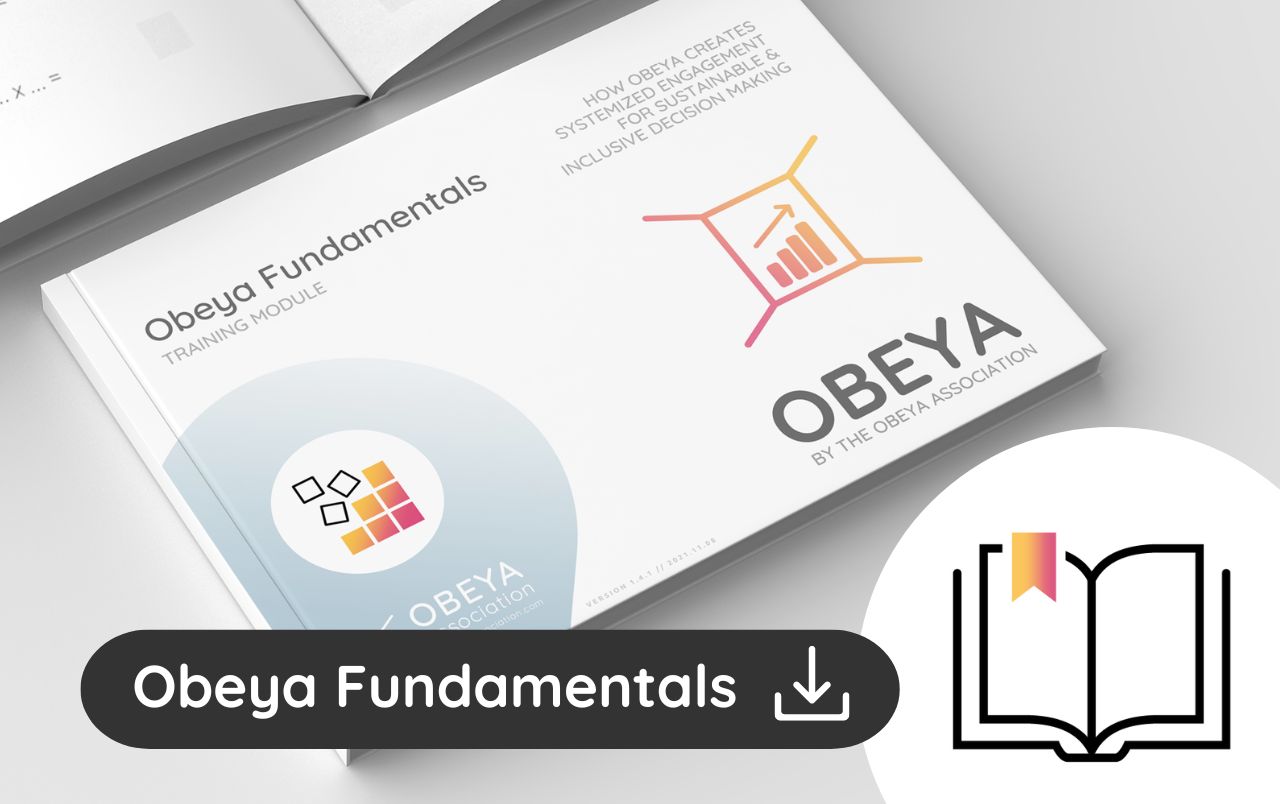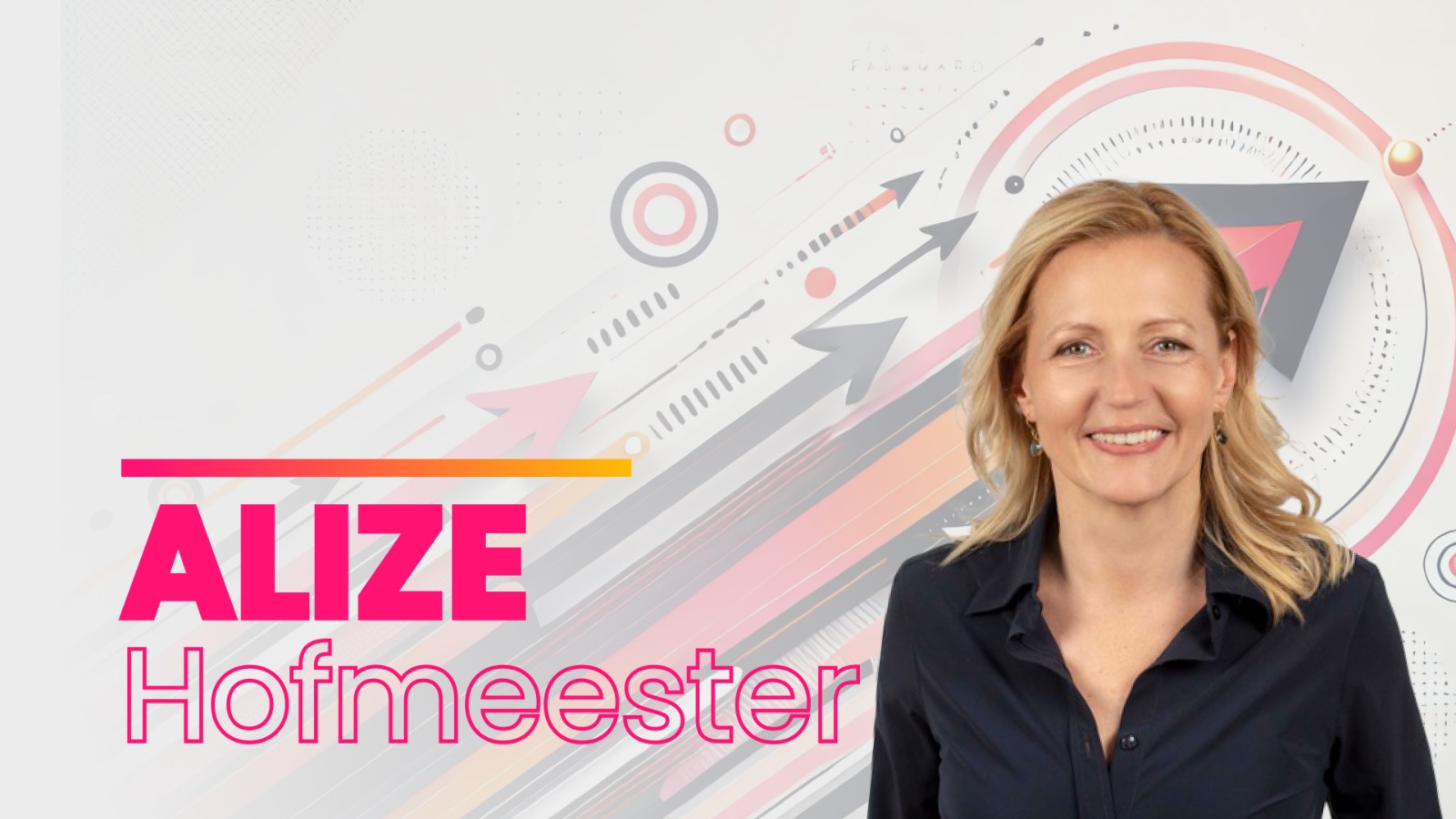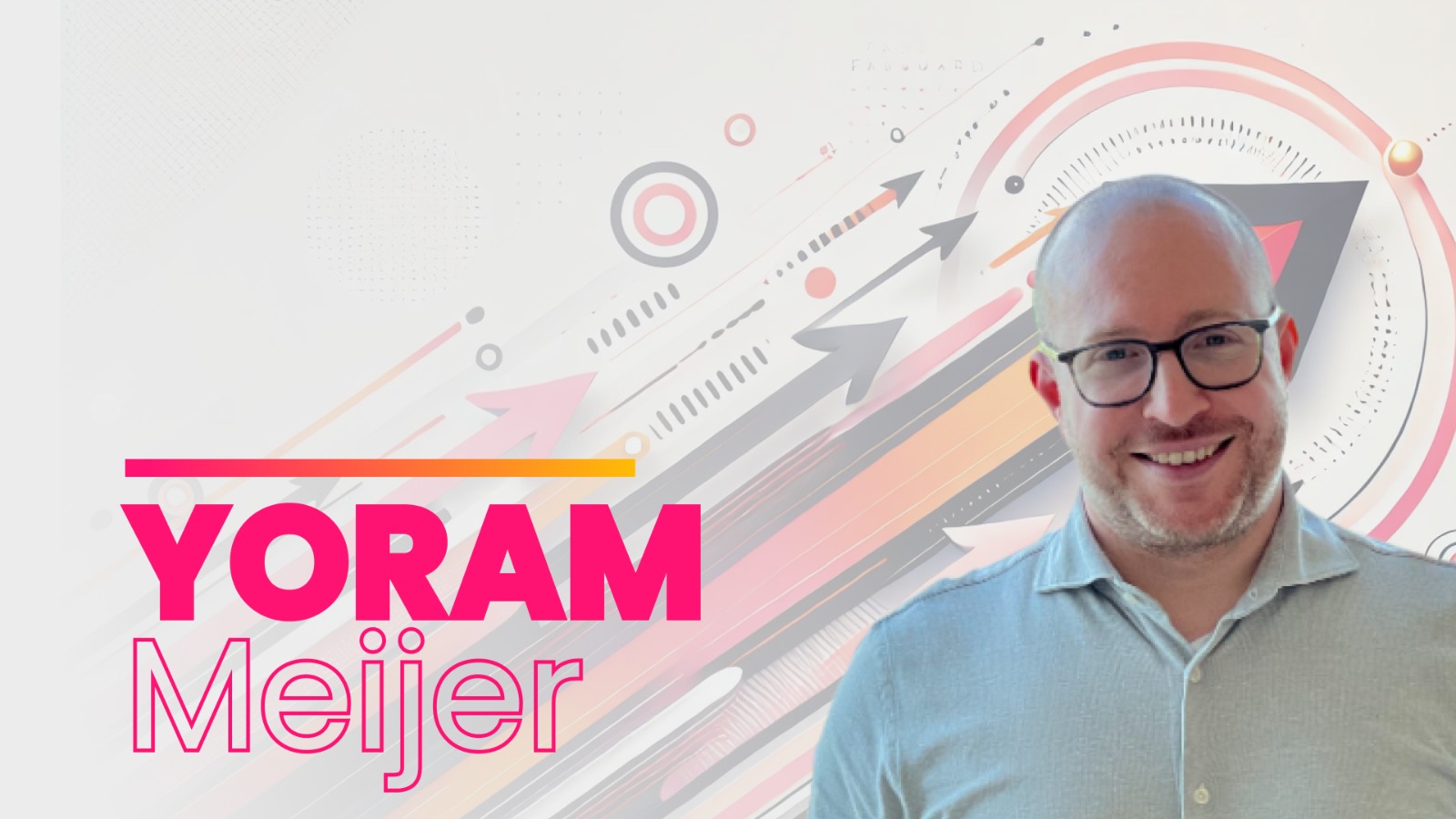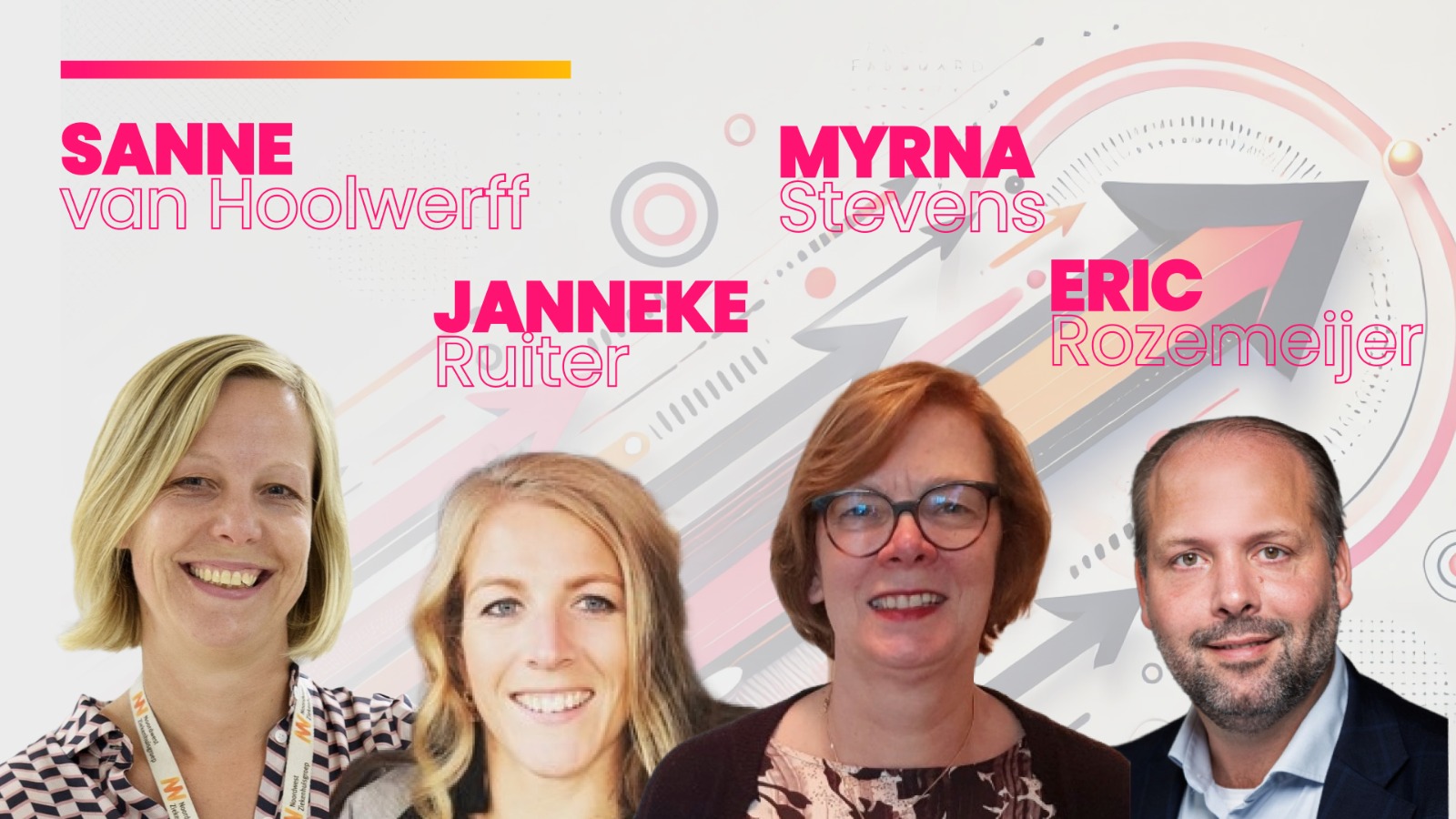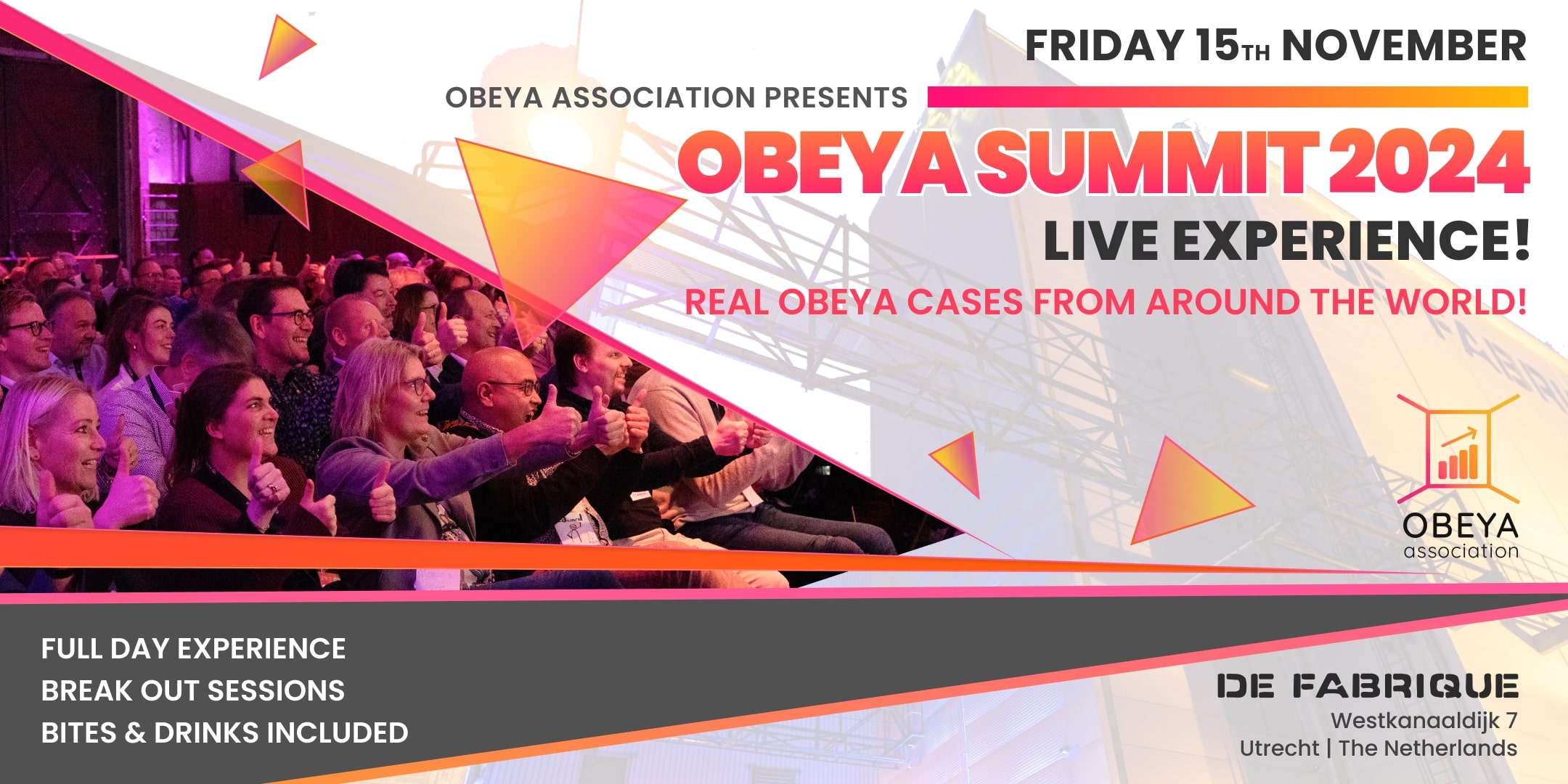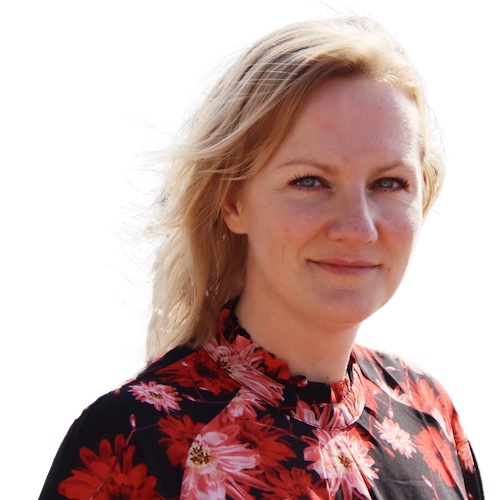

Authors of this article: Danielle van Hierden & Eveline Mos
Are you afraid to really listen?
Introduction
In a world that often celebrates the power of speech and assertiveness, the art of truly listening can sometimes be overlooked or even feared. Yet, genuine listening is a vital skill in any context, from personal relationships to professional settings. In this article, we will explore the concept of deep democracy and the value of visualization as tools to enhance our ability to listen and create safe spaces for meaningful dialogue in the Obeya.
Deep democracy and visualization are powerful tools that can transform the way we communicate and collaborate. By embracing these concepts and creating safe spaces for open dialogue, we can foster inclusivity, creativity, and empathy in our personal and professional lives. So, are you afraid to really listen? Start by exploring deep democracy and visualization, and you may discover a whole new world of meaningful connections and shared understanding.
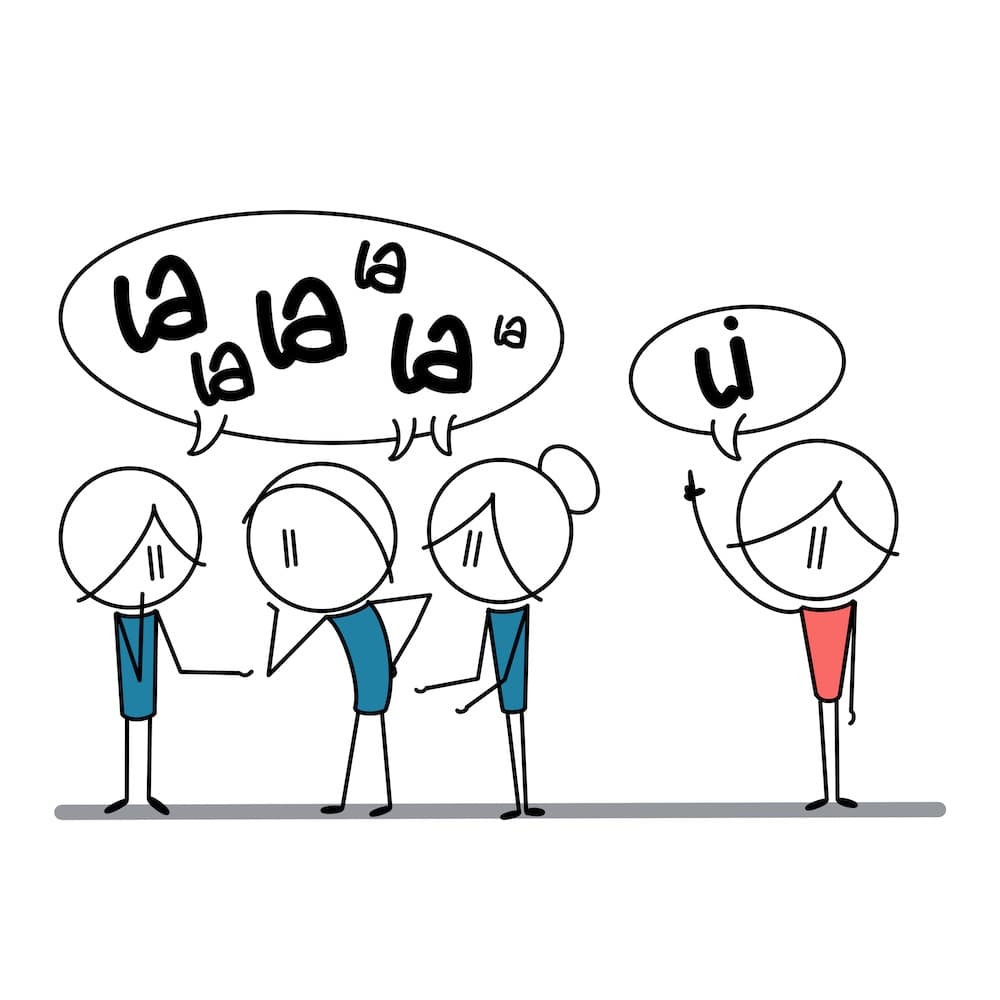
The absolute basics of deep democracy
Deep democracy is a concept rooted in the work of Arnold Mindell, a psychotherapist and author who developed this approach in the 1980s. At its core, deep democracy acknowledges that every voice and perspective has value and should be heard. It goes beyond simple majority rule to explore the underlying currents of power and hidden voices within a group.
Ranking
One of the fundamental principles of deep democracy is the idea of “rank.” Rank refers to the perceived importance or power associated with a particular viewpoint or person. In many situations, individuals with higher rank dominate discussions, while those with lower rank may feel marginalized or silenced.
Deep democracy seeks to balance this by bringing the “rank” differences to the surface and addressing them openly. It aims to create a safe space where all voices are heard and valued, regardless of their rank. This approach fosters deeper understanding and more inclusive decision-making processes.
Deep listening
Since deep democracy is an approach to group decision-making and conflict resolution that aims to give voice to all perspectives, even those that might be marginalized or silenced in more traditional decision-making processes, deep listening plays a crucial role.
In a deep democracy context, there is a recognition that every person’s perspective has intrinsic value. Deep listening involves actively paying attention to what each individual is saying without judgment or interruption. It acknowledges that each person’s viewpoint contributes to the collective wisdom of the group.
Deep listening involves listening not only to the words being spoken but also to the emotions, underlying assumptions, and unspoken concerns behind those words. This allows for a more profound understanding of the perspectives being shared.
Deep democracy aims to create a safe space for open and honest dialogue. Deep listening is a key element in establishing this safety because it encourages participants to express themselves without fear of judgment or reprisal. When people feel truly heard, they are more likely to share their thoughts and feelings authentically.
Seeking differences
One of the basic elements of deep democracy is the profound concept of seeking differences. Unlike traditional decision-making approaches that often aim to smooth over disagreements or suppress dissenting voices, deep democracy encourages participants to actively seek out and value differences.
This way of facilitating the dialogue is not about division but rather recognizing the unique perspectives and experiences that each individual brings to the table. By embracing these differences, you harness the power of diversity, turning it into a source of strength and innovation.
In this approach, conflict and disagreement are not seen as obstacles to progress, but as opportunities for growth. By diving deep into these differences, we discover new insights, challenge our own assumptions and create a richer understanding within the group. It is through this dynamic process of seeking out differences that the deep democracy method promotes inclusivity and results in more effective decision-making.
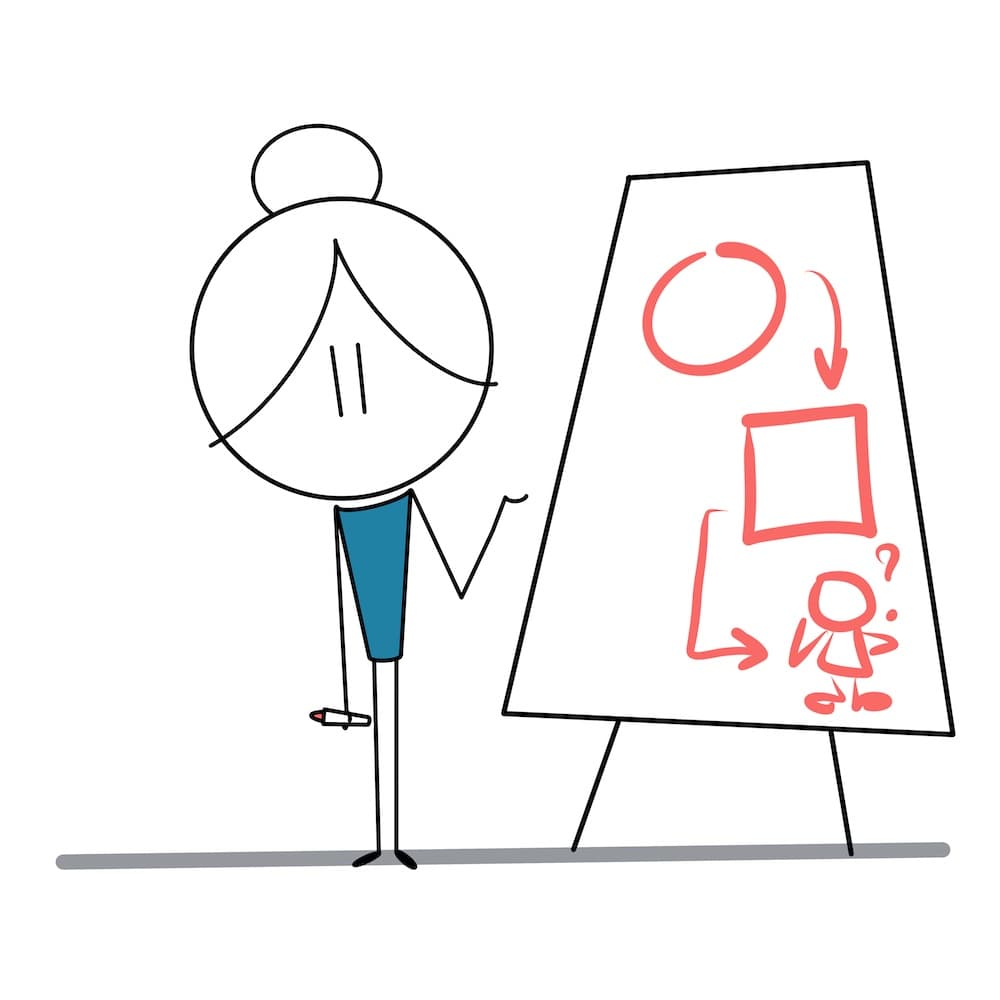
The value of visualization as a communication tool
Visualization is a powerful tool that enhances communication and understanding. When we visualize concepts or ideas, we engage multiple senses and create a richer experience. Visual aids can simplify complex information and make it more accessible to others. In the context of deep democracy, visualization can help translate abstract ideas into concrete images, facilitating shared understanding among participants.
Consider a scenario where a team is discussing a complex project with various stakeholders. Traditional communication methods might involve lengthy verbal explanations and written reports, which can be overwhelming and lead to misunderstandings. Visualizations, such as diagrams, charts, or even sketches, can help participants grasp the project’s key components more easily.
Visualization also allows for the exploration of emotions and perspectives. In deep democracy, it can be used to illustrate the emotional landscape of a group discussion. By drawing a metaphorical map of emotions or using colors to represent different feelings, participants can express their emotions visually, making it easier to address underlying tensions and conflicts.
Combine deep democracy with visualization
When deep democracy and visualization are combined, they create a powerful synergy. Here’s a few examples how they work together:
- Visualizing Rank: In a deep democracy session, participants can use visualization techniques to represent the rank associated with various perspectives. For example, they might draw symbols or images to illustrate the perceived power dynamics within the group. This visual representation helps make rank visible and allows participants to discuss it openly, leading to a more equitable dialogue.
- Visual Decision-Making: When faced with a complex decision, teams can use visualization to map out the various options and their consequences. This process not only clarifies the decision-making process but also allows for a more inclusive approach. Everyone’s input is visually represented, fostering a sense of ownership and shared responsibility for the decision.
- Emotional Mapping: Visualizations can also be used to map the emotional landscape of a group discussion. Participants can use colors, shapes, or symbols to represent their emotions, creating a shared visual representation of the group’s emotional state. This can lead to deeper empathy and understanding among participants.
An OBEYA can be scary as hell
OBEYA is a Japanese term that translates to “big room” or “war room.” It refers to a dedicated physical space where teams gather to collaborate, make decisions, and visualize their work.
OBEYA rooms often feature visual boards, charts, and diagrams that display critical information related to a project or process. While the idea of an OBEYA room can be daunting, it aligns perfectly with the principles of deep democracy and visualization.
In an OBEYA room, the power of visualization comes to life. Teams can see their work, goals, and progress displayed prominently, fostering transparency and accountability. However, the potential for rank dynamics and conflicts also exists, especially when important decisions are made in this shared space.
How to create a psychologically safe Obeya using deep democracy and visualization
Creating a safe space for meaningful dialogue and decision-making is essential when combining deep democracy and visualization. Here are some strategies to achieve this:
- Establish Ground Rules: Begin by setting clear ground rules that emphasize respect, active listening, and open-mindedness. Ground rules create a safe container for discussions and ensure that everyone’s voice is heard.
- Facilitate Equitable Participation: Use visualization techniques to represent each participant’s perspective and rank. Ensure that everyone has the opportunity to contribute, and be vigilant about addressing power imbalances.
- Encourage Emotional Expression: Emotions are a natural part of any discussion. Use visual tools to allow participants to express their emotions safely. This can help diffuse tension and create a more empathetic atmosphere.
- Visualize Complex Concepts: When discussing complex ideas or decisions, leverage visualization to simplify and clarify. Visual aids can help participants grasp the subject matter more easily, reducing confusion and misunderstandings.
- Regularly Reflect and Adapt: Periodically assess the effectiveness of your deep democracy and visualization practices. Encourage feedback from participants and be willing to adjust your approach to enhance safety and inclusivity.
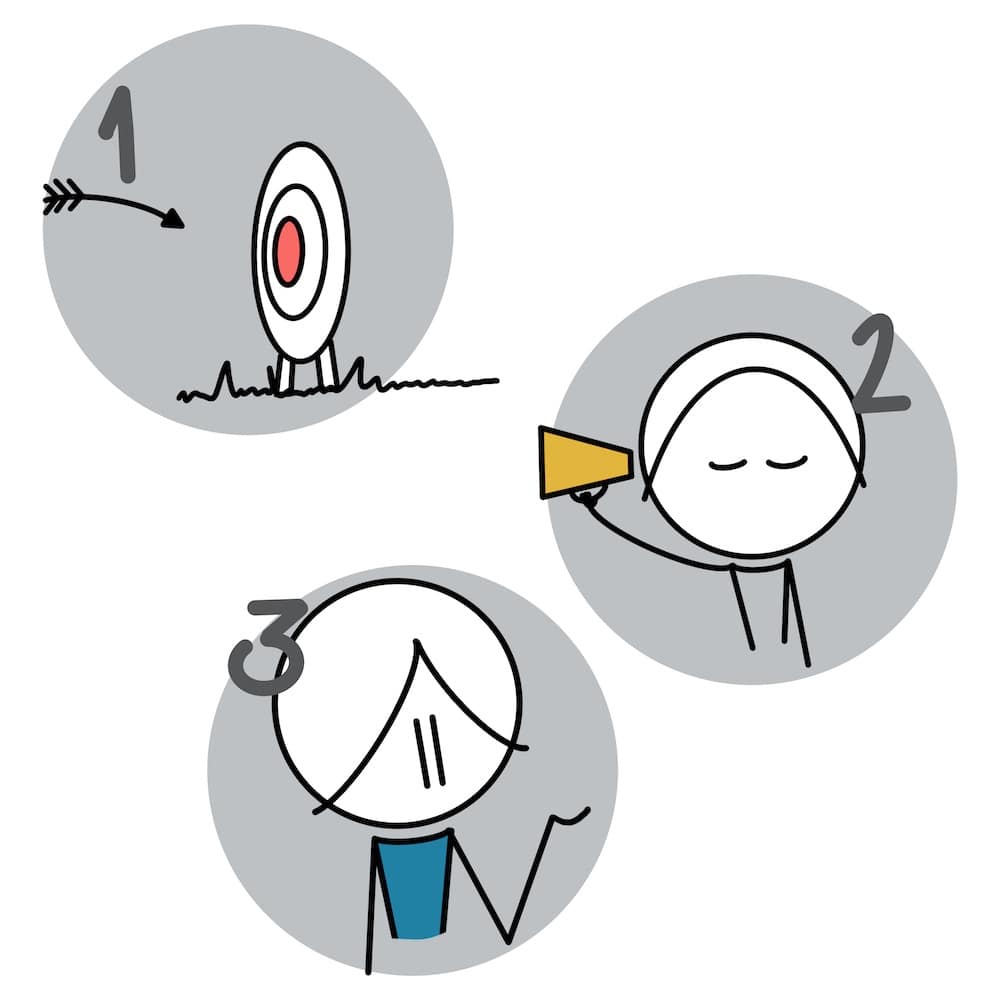
Simple ways to start tomorrow
Implementing deep democracy and visualization techniques in your professional life doesn’t have to be daunting. Here are three simple ways to get started:
Visualize Your Goals
Whether you’re setting personal goals or working with a team, use visualization to create a visual representation of your objectives. Draw a diagram or create a vision board to make your goals more tangible and achievable.
Practice Active Listening
Commit to being a better listener. In your next conversation, focus on truly hearing what the other person is saying without judgment or interruption. Reflect on their words and ask clarifying questions to deepen your understanding.
Host a Visualization Session
Gather a group of colleagues or friends and host a visualization session. Use visual aids like whiteboards, sticky notes, or even online collaboration tools to brainstorm ideas or solve a problem. Encourage everyone to participate actively and value all contributions.
Our workshop at the OBEYA summit
Join us at the Obeya Summit for an immersive experience into the world of deep democracy!
Discover the art of truly listening and learn how to create a safe and inclusive space for all participants. Our workshop will focus on these vital aspects of deep democracy, providing you with valuable insights and practical skills.
Illustrations: courtesy to Eveline Mos
Danielle and Eveline met each other as visualizers and completed the deep democracy course together.

